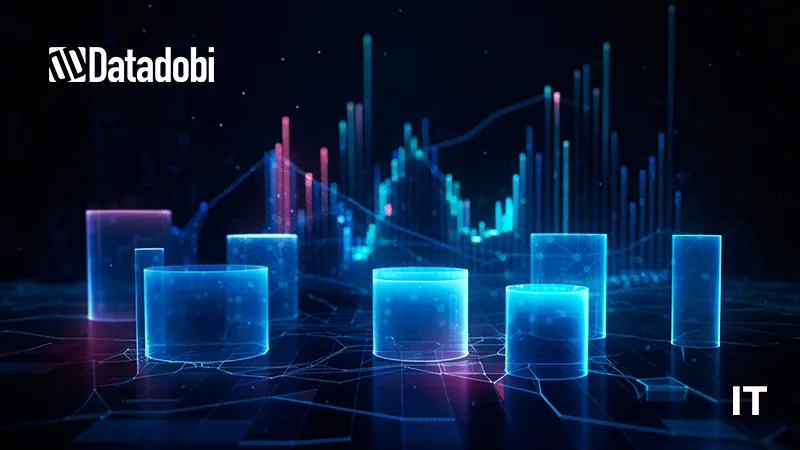The single most significant challenge in managing unstructured data is its inherent diversity and its detailed variation. This diversity extends from the data content through the data formats, data sources, data locations, data users, data owners, data managers, and more. The value and usage of this unstructured data varies widely; while regulatory or internal rules govern some data, some has little value, and some may be damaging or even illegal.
Taming this diversity in large scale environments is the continued mission of StorageMAP. The 7.0 updates are a significant step in its journey to solve the unstructured data challenges of IT and business leaders alike.
StorageMAP 7.0 features the following capabilities:
Data Insight Enhancements
Getting insights into the nature of unstructured data and organizing it to make sense to all stakeholders is the foundation of good data management. Insights and organization provide all stakeholders with the information needed to make decisions, create policies, execute actions that implement policies, and monitor policy effectiveness to achieve stakeholder goals.
For example:
- The IT department needs to understand where the data is located, how much it costs, and how important it is, and then relocate it as it ages through its lifecycle.
- Business units want to identify candidate GenAI data and copy it to a datalake for training, fine-tuning, or augmenting GenAI models.
- The Compliance Department wants to reduce risk by identifying and removing or archiving data with no business value.
Managing these diverse goals is complex in large unstructured data hybrid cloud environments storing billions of files. To address this, StorageMAP 7.0 includes two new features that help companies drive critical decision making about their unstructured data: Custom Dashboards and an Analysis Module.
- Custom Dashboards enable the entire range of stakeholders to create a library of views of their unstructured data that is relevant and specific to them. Custom Dashboards use metadata fields and StorageMAP tags to visualize, organize, and monitor the data in a single pane of glass. A Custom Dashboard has a number of key elements that can be added by the user including point in time charts, series charts, and lists among others.Data shown on a Custom Dashboard can be categorized according to, for example, data ownership, age, last accessed time or any user defined tags such as data criticality, sensitivity, usefulness, and so on. Additionally, Custom Dashboards can be exported in MS PowerPoint® format to easily share with all stakeholders.
- The Analysis Module is the place to explore and analyze trends in an enterprise’s unstructured data and can also be customized to specific user needs. An analysis can consist of multiple layers of filters and classifications that create datasets matching the criteria of interest. The resulting datasets can then be used to create charts, tabular output, and other reports. The results can be included in Custom Reporting Dashboards and used as input for actions such as migration, replication, pipelining etc. all carried out within StorageMAP.
Data Mobility Enhancement
With StorageMAP 7.0, Datadobi continues to far outpace all competition by continuously adding new functionality to its unequaled armory of complex data mobility solutions. StorageMAP’s ability has been proven through millions of hours of real-life runtime in the most complex corporate and government environments.
StorageMAP 7.0 now supports WORM migrations from IBM COS and Hitachi HCP Object systems to any S3 systems supporting the S3 Object Lock API. Along with other Object and NAS platforms, customers with object-based WORM data on these platforms now have an accurate, scalable, and performant solution to migrate data while retaining legal hold status and retention dates.
Supporting these two systems specifically was necessary because these storage vendors were forced to implement their own proprietary WORM API protocols prior to AWS implementing WORM functionality in the S3 API.
“We are regularly hearing from clients that unstructured data is a double-edged sword – they recognize that it represents a potential wealth of information and a source of value creation within their organizations, but also that the massive capacity growth, a lack of enterprise-wide visibility, and difficulty breaking down silos of file and object data is a major management problem in a cost- and resource-constrained time,” said Dave Pearson, Infrastructure Research Vice President at IDC. “Achieving Service Level Agreements in areas such as data resilience, resource optimization, data portability, and operational excellence, etc. is high on IT leaders’ priority list. StorageMAP’s new capabilities to better meet business requirements, decrease vulnerabilities, and control costs may offer welcome relief for these challenges.”
SOURCE: Businesswire

































